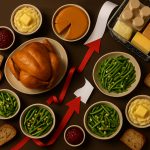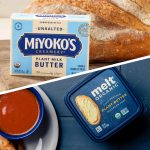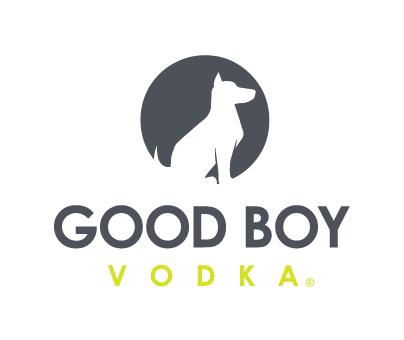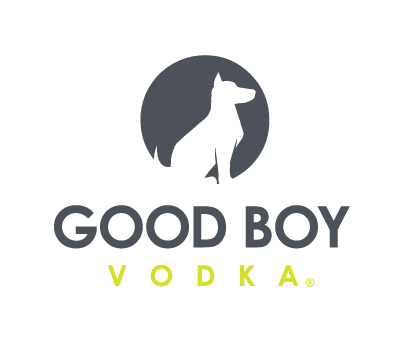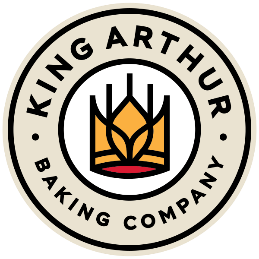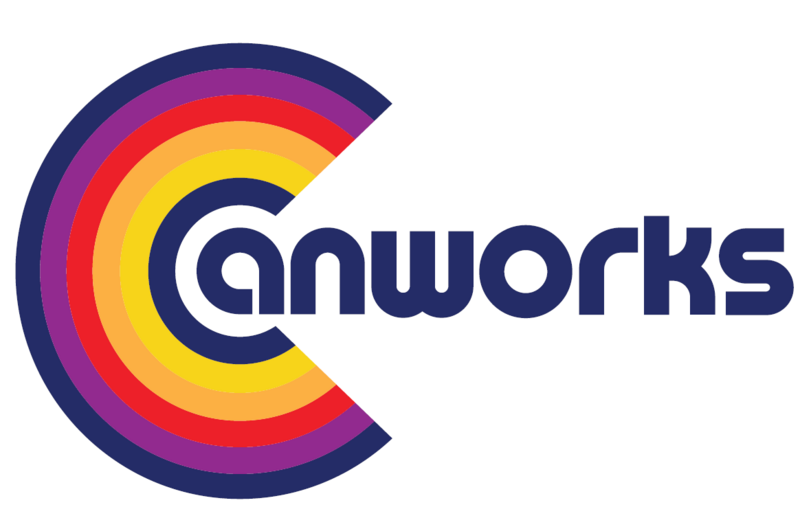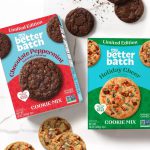Products, Processes and Positioning: Inside Cappello’s Push to Profitability
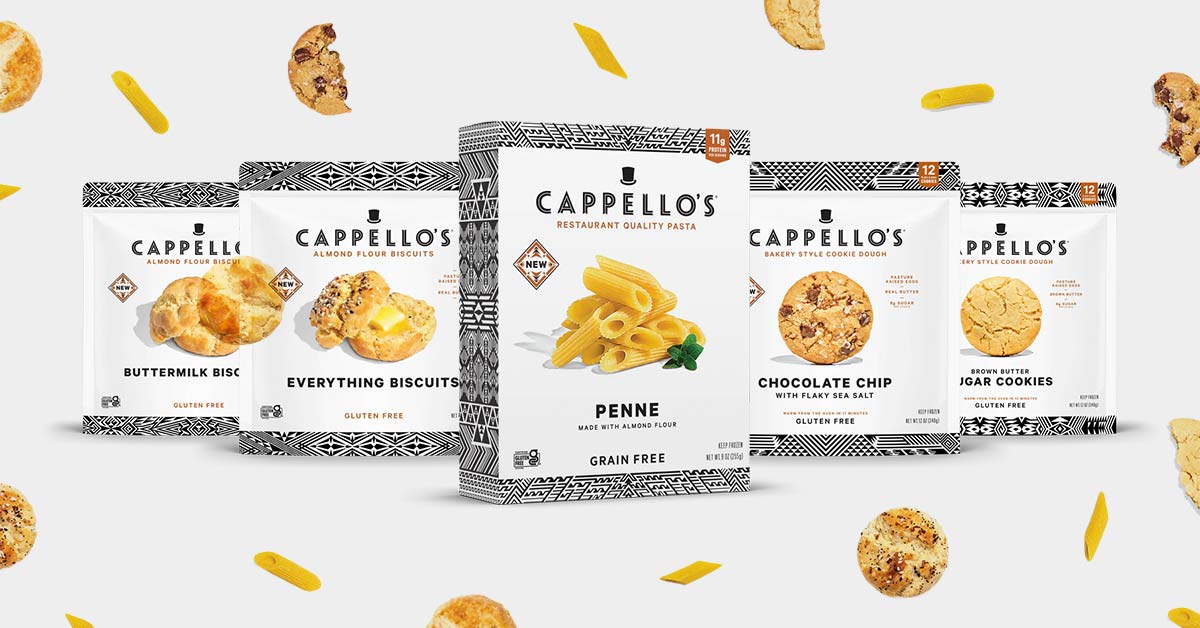
Cappello’s has been in business for over a decade, but the premium frozen food maker is still evolving, according to founder and CEO, Ben Frohlichstein.
Frohlichstein and Stacey Marcellus started Cappello’s in 2011 with a line of low carb, “keto style” pastas and cookie dough rolls, before expanding into pizzas, filled pastas and this summer – place-and-bake cookies and heat-and-eat biscuits.
The latter two launches represent both a portfolio expansion and a positioning shift. Until now, all of the company’s products have been grain-free, but adding rice flour to the biscuits and cookies makes them simply gluten-free. While Cappello’s is maintaining its original vegan cookie dough logs, the new “bakery style” dough balls also utilize ghee (butter) and eggs.
Rather than trying to solve for multiple allergens, Frolichstein said, the goal was simple: make “the most badass gluten-free biscuit [or cookie].”
“We want people to have an incredible moment… and the product attributes can roll behind that,” he said. “We’re using eggs, we’re using butter – where other folks are going the opposite and using isolates or other things that just aren’t within our brand ethos – [we wanted] to think unencumbered about what’s just going to make an incredible product experience.”
The new innovation approach goes beyond ingredient decks. Since its inception, Cappello’s has largely focused on Italian offerings (pasta and pizza) with its cookie dough serving as somewhat of an outlier. Now, VP of marketing Lauren Lortie said, the company will focus on making gluten-free, premium versions of anything made with dough – a move that opens up new cuisines and product types. The brand is also ramping up its “hyper fixation” on taste by reformulating older SKUs.
Getting products to market has also been made easier. Last year the company expanded its manufacturing capabilities, adding new equipment, freezers and storage space to it’s 20,000 square foot facility. Following this investment, Lortie said, the company is able to produce all pasta, cookie and biscuit SKUs in-house, with only pizza produced at a co-packer.
The production facility, and the resulting increase in speed to market, has allowed Cappello’s explore new channels of distribution and sources of revenue. This summer the brand launched its first club product (a 22-count pouch of ravioli) in select Costco stores and is set to begin making private label products for an unnamed client next year and take on some contract manufacturing.
The innovation and manufacturing investments have paid off, Lortie noted, and the company has improved its bottom line 62% year-over-year. After reporting EBITDA and cash flow positive months, the company is steadily making its way towards profitability, Frolichstein claims. Cappello’s has not brought in new investment since its 2020 round led by venture firm ACG.
Though Cappello’s products still carry a premium price point, they are gaining price parity to non-gluten free premium items such as Mason Dixie biscuits and Artisola pasta.
“When we take a look at what type of price increase[s] we’re seeing for the entire food & beverage category, we notice that labeled gluten-free products are seeing a smaller price increase relative to all products within food & beverage,” research firm SPINS noted in a recent blog post. “In the short term, this still means that they’re more expensive and that we’ve seen some people switching to either larger sizes or private brands. But in the long term, the premium of the labeled gluten-free and some of these other natural attributes is really shrinking that price gap, making the long-term outlook for these gluten-free products really strong.”
Despite the advances, the past few years haven’t been entirely smooth sailing. A fire at one of its co-packers forced the company to discontinue several SKUs of pizza, Frolichstein said. Meanwhile, it undertook layoffs to “thin out the top heaviness of the organization,” a move he said was needed after the company had become “overextended on some of the layers that we had within the organization.”
Perhaps most notable though, Lortie said, is a renewed “energy” at the company driven by Frolichstein and Marcellus. Though the two have always served as co-CEO’s, in 2021 the company brought on Rajesh Babu as president. But Babu departed late last year, and the duo is now even more engaged in day-to-day operations once again.
A return to the “early essence of the brand,” as Frolichstein calls it, can be seen not in the current company culture but also in a new focus on supply chain, with the company joining the The Almond Project and pledging to source regeneratively farmed almonds.
“We’ve become clearer on our responsibility to steward a focus [on sustainable supply chains] and to not only foster that within our organization, but also create that curiosity within other organizations,” Frolichstein said. “This brand has always done a good job of creating this curiosity within people, and then if you deliver an exceptional eating experience with that, I think there’s some real momentum.”

